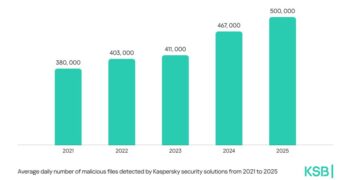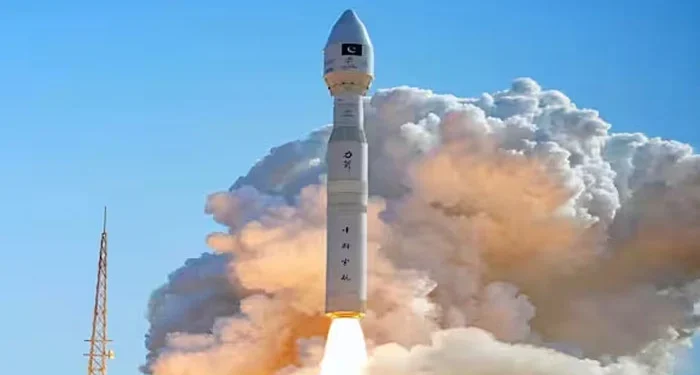KARACHI; Pakistan has successfully launched its first hyperspectral satellite, HS-1, from China’s Jiuquan Satellite Launch Centre (JSLC), marking a significant advancement in the country’s space programme.
The mission was broadcast live from the Space and Upper Atmosphere Research Commission (SUPARCO) complex in Karachi, where Pakistani scientists and engineers monitored the launch in real time.
According to SUPARCO, the satellite has successfully entered orbit, and in-orbit testing is expected to take up to two months.
Once operational, HS-1 will conduct detailed analyses of land, water, vegetation, and urban areas through advanced hyperspectral imaging technology. Unlike traditional satellites, HS-1 can capture data across hundreds of narrow spectral bands, enabling highly precise observations.
SUPARCO stated that HS-1 will play a transformative role in agricultural planning, environmental monitoring, and national development. The satellite will support deforestation tracking, pollution monitoring, and glacier melt assessments.
It will also help identify geological risks along major infrastructure routes, particularly those linked to the China–Pakistan Economic Corridor (CPEC).
Congratulating the nation, SUPARCO Chairman Muhammad Yousuf Khan credited the achievement to the dedication of Pakistani scientists and the support of the government.
He described the launch as a “historic step towards technological self-reliance” that places Pakistan among emerging space powers advancing sustainable development. The mission is also aligned with the country’s National Space Policy and Vision 2047.
The Ministry of Foreign Affairs highlighted the launch as another example of long-standing Pakistan–China cooperation in peaceful space exploration.
Deputy Prime Minister and Foreign Minister Ishaq Dar praised the teams from both countries for their commitment and professionalism, calling the mission a “landmark in bilateral collaboration and scientific excellence.”
HS-1 is Pakistan’s third satellite launch in 2025, following the successful EO-1 and KS-1 missions earlier this year. SUPARCO emphasized that the addition of HS-1 marks the beginning of a new era of advanced space technology and applications for the country.
The hyperspectral imaging capabilities of HS-1 are expected to deliver major benefits across multiple sectors.
In agriculture, the satellite’s high-resolution data will support precision farming by monitoring crop health, soil moisture, and irrigation patterns. SUPARCO estimates this could improve yield forecasting by 15–20 percent, enhancing food security.
For urban planning, HS-1 will map infrastructure, detect environmental changes, and analyse urban expansion trends. The satellite’s ability to detect the spectral signatures of man-made structures will aid sustainable city planning, efficient resource use, and better land-use policy development.
Environmental monitoring and disaster management will also receive a significant boost. HS-1 will enhance early warning systems and rapid response capabilities for floods, landslides, and other geo-hazards, particularly along vulnerable areas like the Karakoram Highway. Its data will support post-disaster evaluations, transportation network assessments, and water-resource modelling.
HS-1 will operate alongside Pakistan’s growing remote-sensing fleet — including PRSS-1 (launched 2018), EO-1, and KS-1 — to strengthen national space infrastructure and data capabilities.
Officials said the mission represents a decisive step in using space science to drive innovation, support sustainable development, and secure Pakistan’s position in the global space landscape.









































































